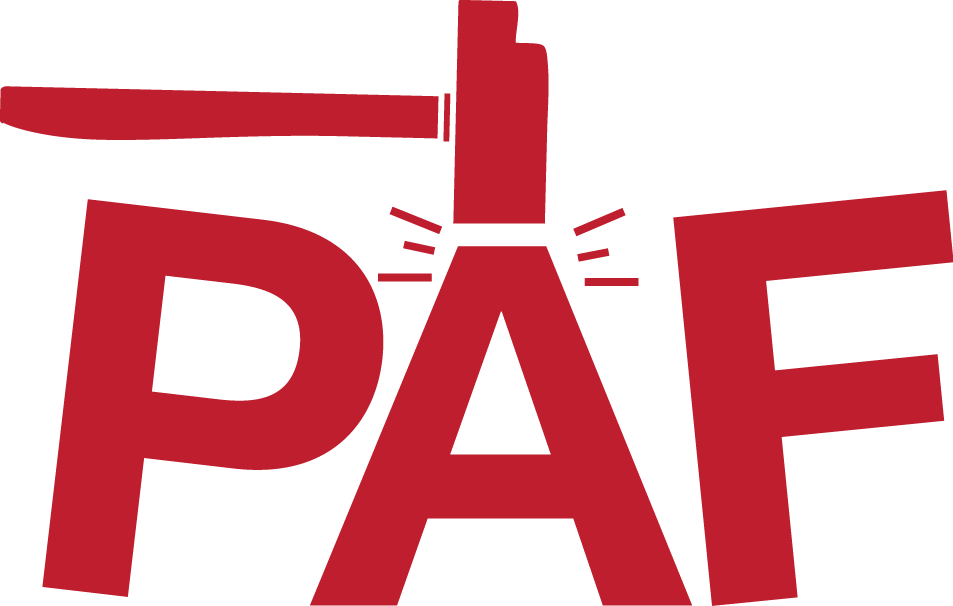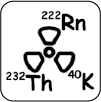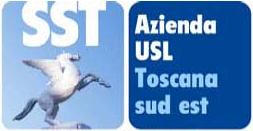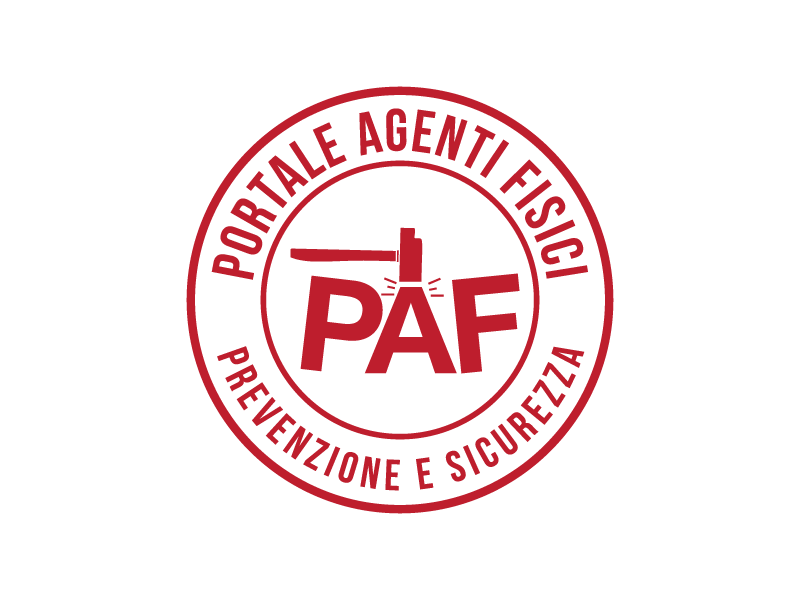Risk assessment methods
The Italian Legislative Decree 101/2020, in the Article 22, sets out the obligations that the employer of industries with NORM must fulfil. In particular, it requires a series of assessments to be carried out to estimate the radiological risk to workers and the population (i.e. to the representative individual of the population), for which the employer must also make use of other parties/stakeholders (dosimetry services, radiation protection experts, etc.).
Given the complexity of the subject and the diversity of the industrial processes involved, a methodology for assessing radiological risk in industries involving NORM has been developed to ensure a uniform approach. This methodology allows the risk to be assessed through a graded approach, by schematising the steps to be carried out in tabular form.
The elaboration of the general methodology was guided by the objective of answering key questions regarding the application of the law. In particular:
- Which matrices of interest should be subjected to radiological characterization, and which radionuclides should be measured?
- What are the most suitable measurement methods?
- What methods can be used for an initial estimate of the effective dose for workers and for the representative individual of the population?
The general methodology was then transposed into specific operational protocol for each industrial sector and/or class or type of practice. The operational protocols were developed taking into account the specific characteristics of the chemical, physical and radiological properties of the various matrices, as well as the chemical and physical characteristics of the various industrial processes.
The operational protocols are presented here in a schematic form.
Operational protocol for the zircon and zirconium industry
Class or type of practice or critical scenario:
- Production of sanitary ware and tiles (link to the operational protocol)
- Production of refractories (link to the operational protocol)
- Processing of zircon sand (link to the operational protocol)
Operational protocol for the phosphate and potash mineral processing industry
Class or type of practice or critical scenario:
- Production and wholesale trade of phosphate and potash fertilisers (granulation and mixing) (link to the operational protocol)
Operational protocol for industries equipped with groundwater filtration systems
Class or type of practice or critical scenario:
- System management and maintenance (link to the operational protocol)
Operational protocol for the geothermal energy production industry
Class or type of practice or critical scenario:
- High enthalpy plants, with particular regard to plant maintenance (link to the operational protocol)
- Medium enthalpy plants, with particular regard to plant maintenance (link to the operational protocol)
Operational protocol for the titanium dioxide pigment production industry
Class or type of practice or critical scenario:
- Plant management and maintenance (link to the operational protocol)
Operational protocol for the cement production industry
Class or type of practice or critical scenario:
- Clinker kiln maintenance (link to the operational protocol)
Operational protocol for the gas and oil production sector
Class or type of practice or critical scenario:
- Oil extraction with particular regard to the presence and removal of sludge and scale in pipes and containers (link to the operational protocol)
- Oil refining, with particular regard to the presence and removal of sludge and scale in pipes and containers (link to the operational protocol)
- Gas extraction, with particular regard to the presence and removal of sludge and scale in pipes and containers (link to the operational protocol)








